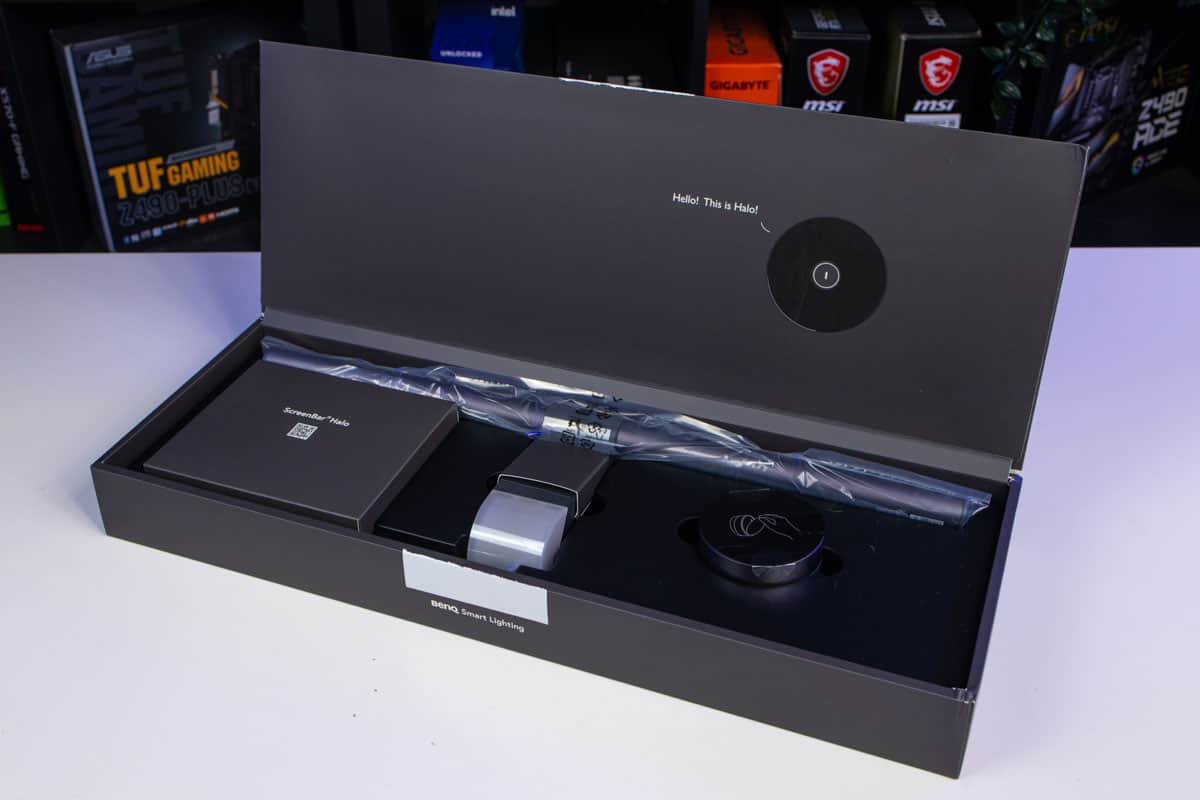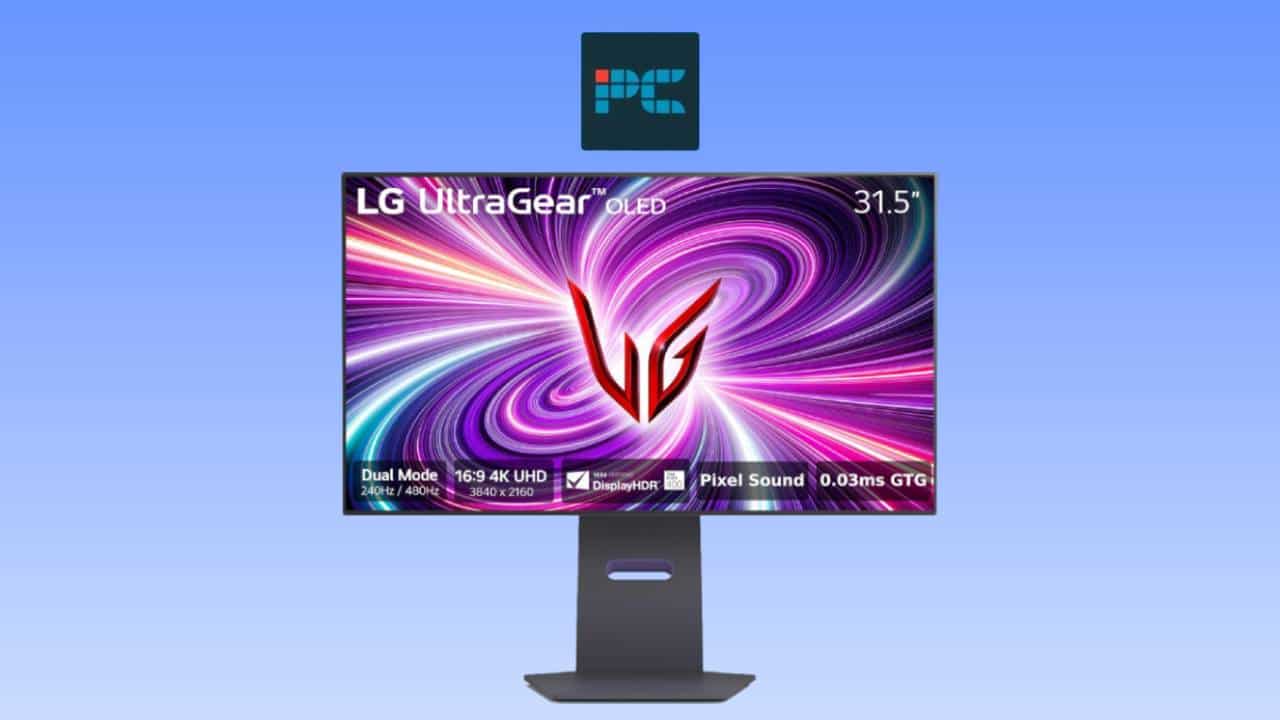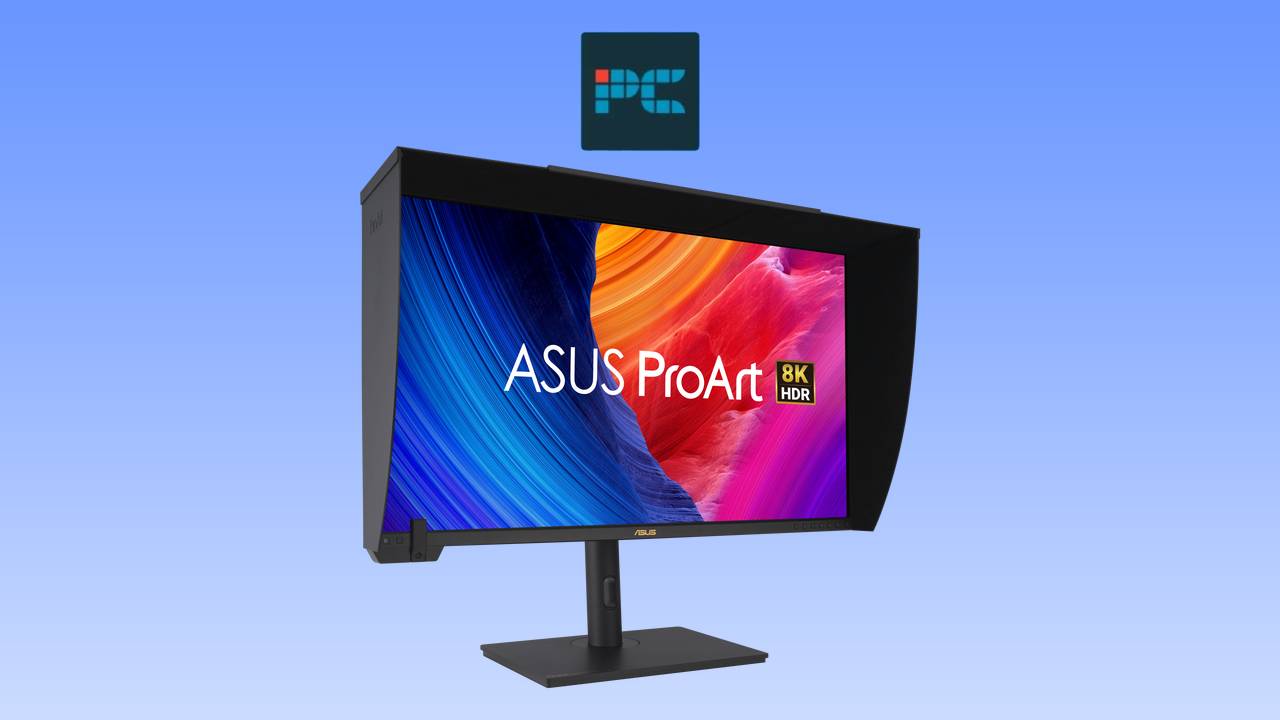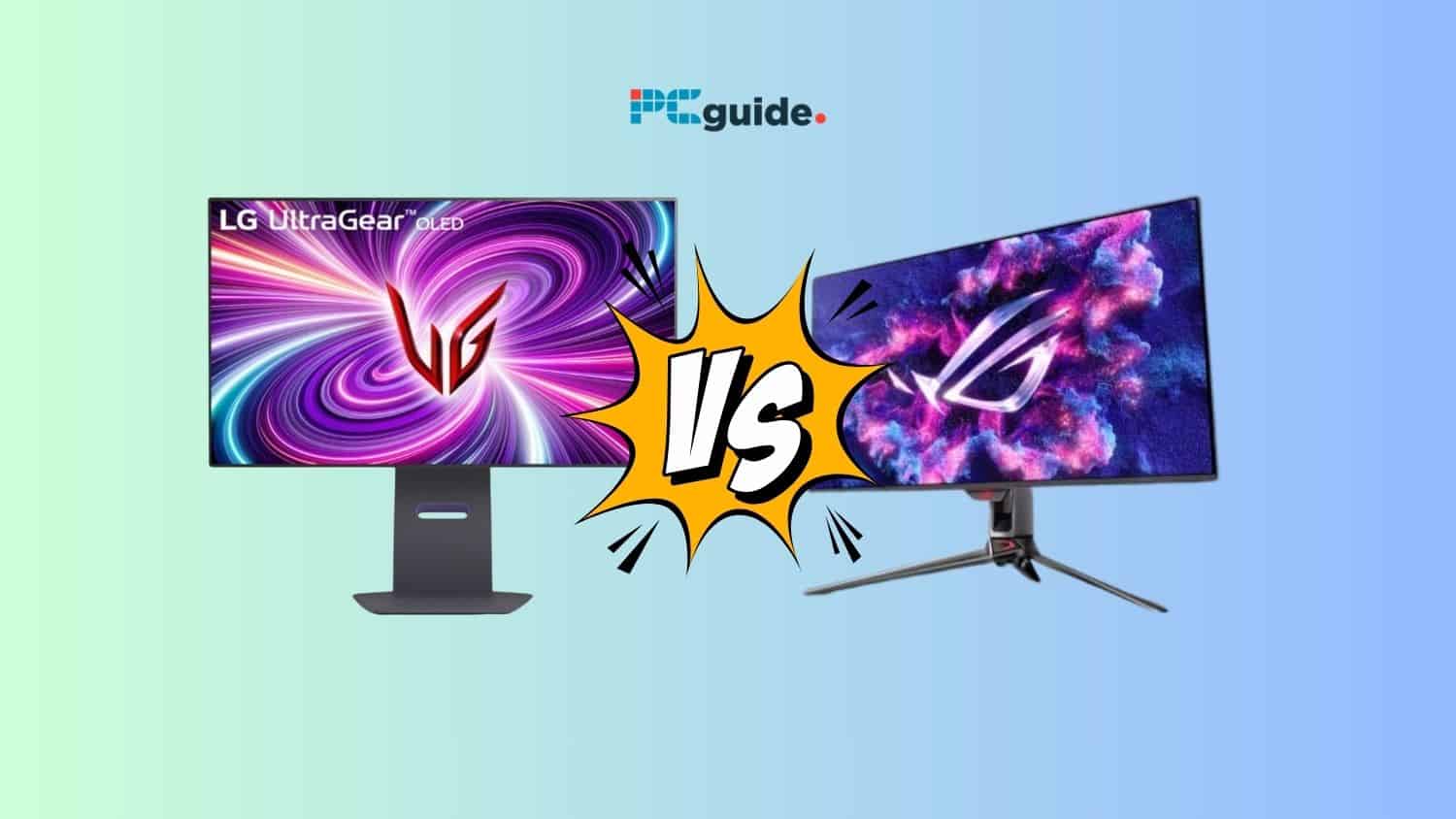SPONSORED POST
Today we’re going to take a look at the BenQ ScreenBar Halo, and while we’re at it, get into why a monitor light is the game-changing upgrade you didn’t know you needed.
There’s clearly a lot of confusion around monitor lights. Googling them returns a lot of queries about what they do and why they’re even a thing. Ostensibly, this makes sense, after all, everyone is familiar with the irritation from an errant light source causing glare on a TV or monitor.
Stick with us, though, as we’ll explain not only how monitor lights don’t do this, but how the concern of glare belies the point entirely. Additionally, we’ll let you know why the BenQ ScreenBar Halo is the best of the bunch, as it has some inventive features that really make a difference.
What does a monitor light do?
The main benefit of a monitor light is that it increases the usability of your setup, without increasing glare on the monitor panel itself.
One of the chief benefits of this is that it adds another light source, offsetting the inevitably blue light from your monitor. Anyone who’s sat at a computer in a dark room illuminated only by the screen will know how tiring on the eyes it can be.

The BenQ ScreenBar Halo takes reducing this issue a step further, providing not just an invaluable additional light source, but one with stepless brightness and color temperature, allowing you to dial it in to match your work and preferences.
Monitor lights are commonly found at the workstations of professionals, and BenQ has gone to bat here for that market too. They’ve ensured that the light produced by the ScreenBar Halo has a RA of >95.
NOW READ: Best Monitor for Home Office in 2023
This means that it won’t meaningfully impact the on-screen colors, allowing those doing color-grading, design work, or photo-editing to be confident that the accuracy of their work won’t be impacted.
So, those are a few reasons why monitor lights are great additions to a workstation. And now we’re going to get into why the BenQ ScreenBar Halo is the best of the bunch.
Why the BenQ ScreenBar Halo should be your next upgrade
Unlike many other monitor lights, the ScreenBar Halo provides ambient lighting in addition to the standard glare-reducing downward-facing illumination. This takes the form of a semi-cylindrical outcropping that hangs behind the monitor.



This light radiates the same color and brightness onto the wall behind your monitors, creating an ambiance for your whole setup. However, you can turn this feature off if there’s no wall immediately behind your monitor.
For those concerned about getting the right brightness, BenQ has provided a solution for this too: an automatic built-in ambient light sensor. This is positioned directly in the middle of the light pointing down, meaning that it can accurately measure and adjust the light to correspond to your specific ambient lighting needs.
As we mentioned earlier, there is an enduring, yet understandable misconception that monitor lights shine directly onto the monitor. Despite this not being what they do, it can happen if the monitor light is installed incorrectly.

Luckily for you, dear reader, BenQ has taken clear steps to lessen this possibility in its ScreenBar Halo design. With a unique “asymmetrical optical design”. This prevents any of the light from shining back onto the panel. For those of you who want more control, the lightbar can be rotated in its housing so you can find the best angle for your setup.
NOW READ: Best 4k Gaming Monitor in 2023
Speaking of more control, those with a curved monitor in their setup can also benefit from the BenQ ScreenBar Halo, as there’s an included adapter clip that makes it compatible with monitors ranging from 1000R to 1800R. Given the prevalence of curved gaming monitors, this is an invaluable addition too.
BenQ ScreenBar Halo: One-touch wireless control
Of course, all this functionality wouldn’t count for much if you didn’t have full control within arms reach.

Happily, BenQ has provided a comprehensive, and yes, wireless solution for this. You’re provided a little puck that you can position anywhere on your desk, it’s helpfully angled, too, allowing you to more easily see what you’re doing at a glance
It’s a mixture of touch and physical inputs here, with the outer housing of the puck functioning as a knob, that adjusts the brightness by default but pulls double duty when you select another setting.
From here, you can control every aspect of the ScreenBar Halo, including color temperature, brightness, and the automatic toggle. The outer housing has a nice level of resistance to it, too, allowing you to easily and accurately dial in the settings you want.
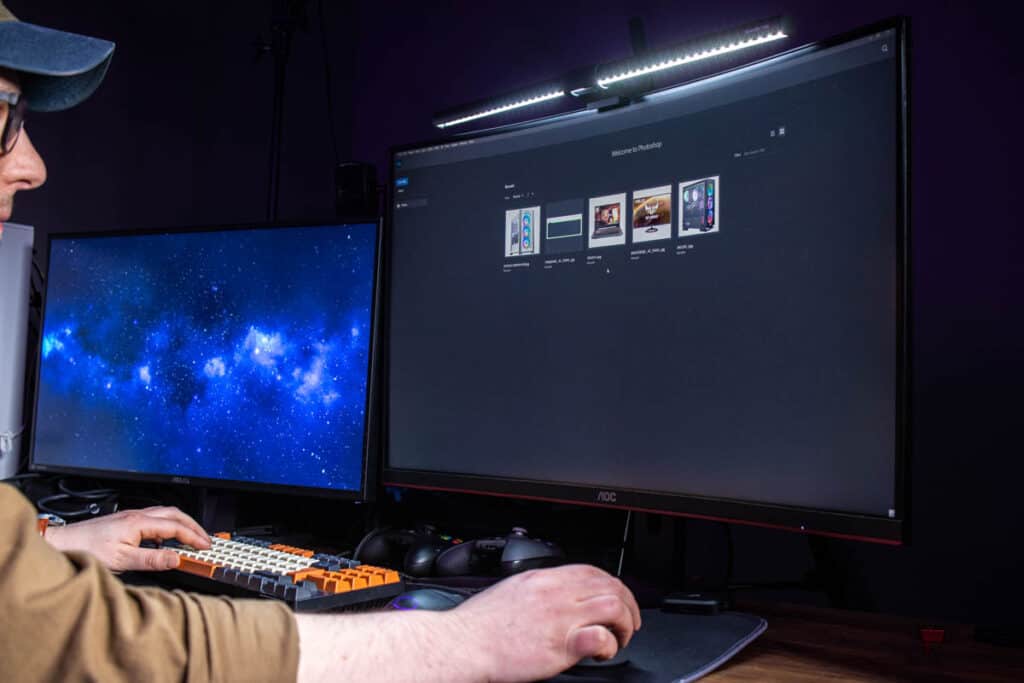


The puck also has some pretty vivid lighting, which makes it easy to see exactly what you’re doing. This is complemented by the understated design of both the puck and the light itself.
This means that whatever the color scheme of your pre-existing setup, the ScreenBar Halo will fit in perfectly, hiding in the background while it illuminates the work you’re doing.

Do you need a monitor light?
Despite general advice to the contrary, we think that everyone can benefit from a monitor light, even if you don’t do design work for a living. In the run-up to this feature, we used the ScreenBar Halo for over a week and have now refused to return it.
It improves the overall computing experience in a subtle way that we really like, and setting it to a warmer color temperature provides an almost tangibly cozy overall aesthetic. You also get the side benefit of a more cohesive lighting experience, instead of 4 different RGB peripherals battling for lighting superiority. Give those guys a break and try a more unified PC setup.
Everyone will benefit from a more gentle source of light on their computer, even if you don’t think you need it, we’re confident that you’ll find it hard to split with a monitor light after a couple of days. Even more so if you choose one like the BenQ ScreenBar Halo.




